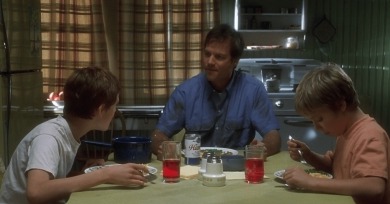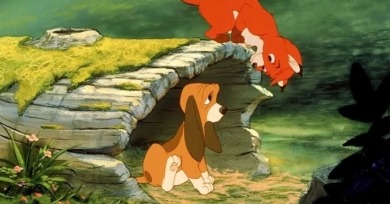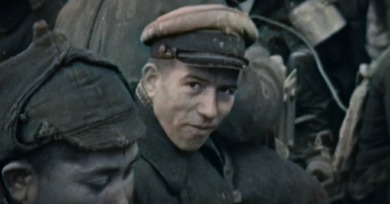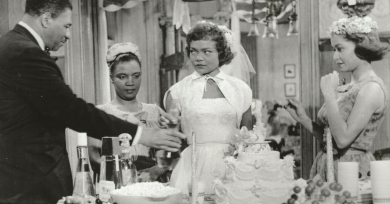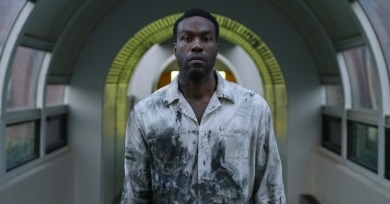Kelli Weston
If the vampire lore in Sinners does not quite cohere, a more compelling pattern unfolds. Coogler seems to recycle a premise he first staged in Black Panther: that no one who embraces the American project may escape its grotesque transformations.
Elwood embraces the world around him with rare grace, an attraction to details and a surrender to pure sensation unencumbered by any trace of cynicism. In a few frames, Jomo Fray conveys more of a world than any dialogue might ever hope to express.
Although shot in 2000, Frailty heralds themes that would trouble the coming era (and its cinema): Christofascist warfare, “cleansing” the region of unsavory figures, the son split between patriarchal fidelity and his own scruples.
For Hurston, it was most important to define Black culture in continuity and coherence; but even as she nobly destabilized the disingenuous objectivity and authority of the discipline, she does not quite upend the colonial configurations of an institution that has generally pathologized Black life and transformed it into spectacle.
Our imaginations forge our borders as surely as our borders forge us. Virginia Woolf demanded a room of her own, but Charlotte Brontë's lady in the attic might've had something altogether different to say about that. For ultimately we are the ones who affix meaning to place.
The Fox and the Hound belongs to what has been unofficially deemed the Dark Ages of the studio, those 18 years that commenced shortly after Disney’s death and proved, with some exceptions, generally less popular, either critically or financially.
The most intriguing films I saw were premised upon an often performative return to the near or distant past to resolve pesky questions of home or relationships, which is to say, inevitably, questions of identity and inheritance.
The zenith of this performance by Eartha Kitt, in which she dispenses with her own figurative veil, comes in an especially tragic sequence with a literal bridal veil, emblem of the refuge that has cruelly been denied her.
A Few Great Pumpkins
Ghost Story of Yotsuya, Lord Shango, Malignant, Dracula, Carnival of Souls, Silent Night Deadly Night 3, When a Stranger Calls
Several films on view continued to reckon, indirectly or otherwise, and to varying degrees of success, with our era of disrupted intimacy and heightened loneliness. Titles include Quickening, The Humans, and The Power of the Dog.
Although one cannot say Candyman shies away from body horror, DaCosta judiciously wields this imagery to meaningfully express the psychological and physical legacies that Black communities inherit, bonded by these tales of terror, which are, in fact, history.
The diasporic condition naturally invites questions of duality that are far from merely symbolic, except here characters are bound to one nation, mobility interrupted, mired in debt and stymied by pervasive institutional corruption.
If the film ranks among the less refined of the director’s prodigious corpus, few are better suited to depict beachside sexual awakenings or, equally, the rich site where fantasy and intimacy intersect.
In most respects meticulously realized, the film shies away from too much dramatic elaboration, and often gets away with it because the premise (the spy who lost his soul) is both familiar and innately cinematic.
The American Gothic, particularly as practiced by literary forebears Nathaniel Hawthorne and Washington Irving, tends to orbit around concepts of evil, madness, and the supernatural. But ultimately no monster ever compares to humans driven by fear.
Two writers dive into the deep, red waters of genre.


